The combination of consistent water temperature, weather and sea swells throughout the year makes surfers from all over the world consider Bali as the holy spot of surfing. Since the 70’s, after Bali was discovered by trailblazing surfers, surfing has gained popularity with bigger reach each year and grown into an institution. It is easy to find ‘qualified instructors’ offering a cheap package, surfing communities giving a free lesson or renting surfboards in every touristy corner of the beach.
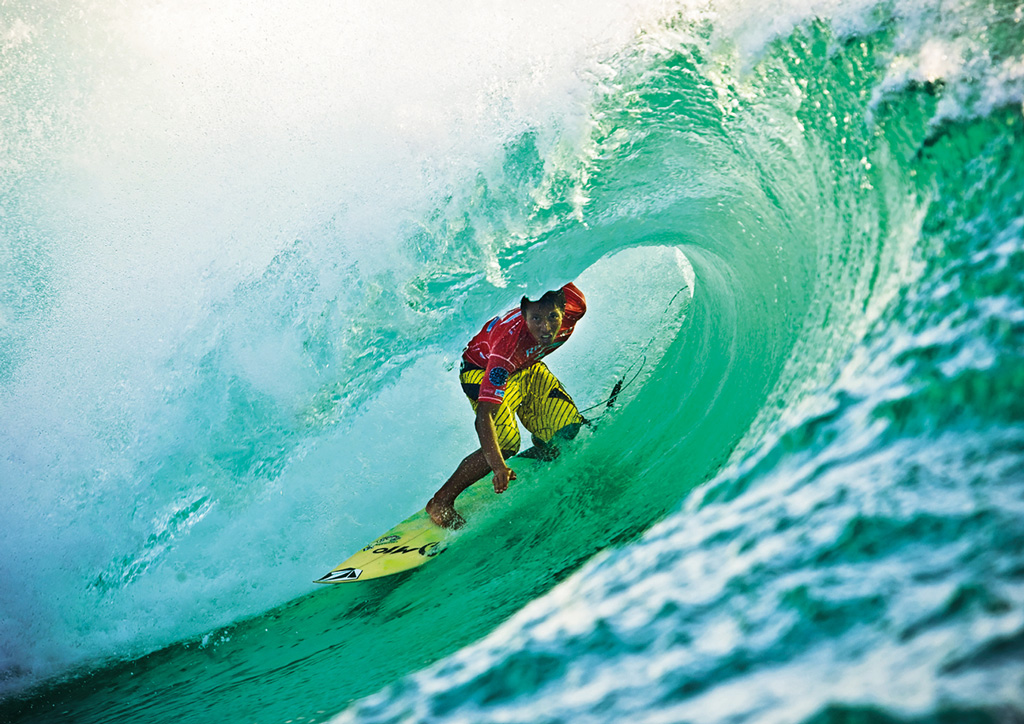
Some surfers call it an obsession, or some are doing it for a healthy quest. Some of the Balinese surfers even believe that surfing is a spiritual art form. For whatever reason it may be, surfing gets your endorphins going and it is addictive! It is not as easy as going out and riding the waves you want, anytime you want. Wind, swell, time, position and your fitness level must come together in order to get the perfect waves.
The best time to surf is during the island’s dry months, starting in early April, spanning until October, creating an opportunity for surfers to bounce from one surfing spot to another. The remaining part of the year, known as the wet season, might be a little off for the surfers. However, the 5-foot waves are consistent throughout the year for surfing.
Don’t be intimidated by rumours that only experts, pros and daredevils are eligible to surf on this island. There are plenty of beaches with smaller waves and mellow breaks that are great for beginners and intermediates using longboards. Those who are still learning or just beginning to try, the unbroken wave is an ideal spot for practising the basic technique. Beaches like Dreamland, Kuta and Padang Padang Right are the perfect option. As a beginner, it might be a good idea to try out the learner soft boards first, and make sure you surf when the currents are gentler.
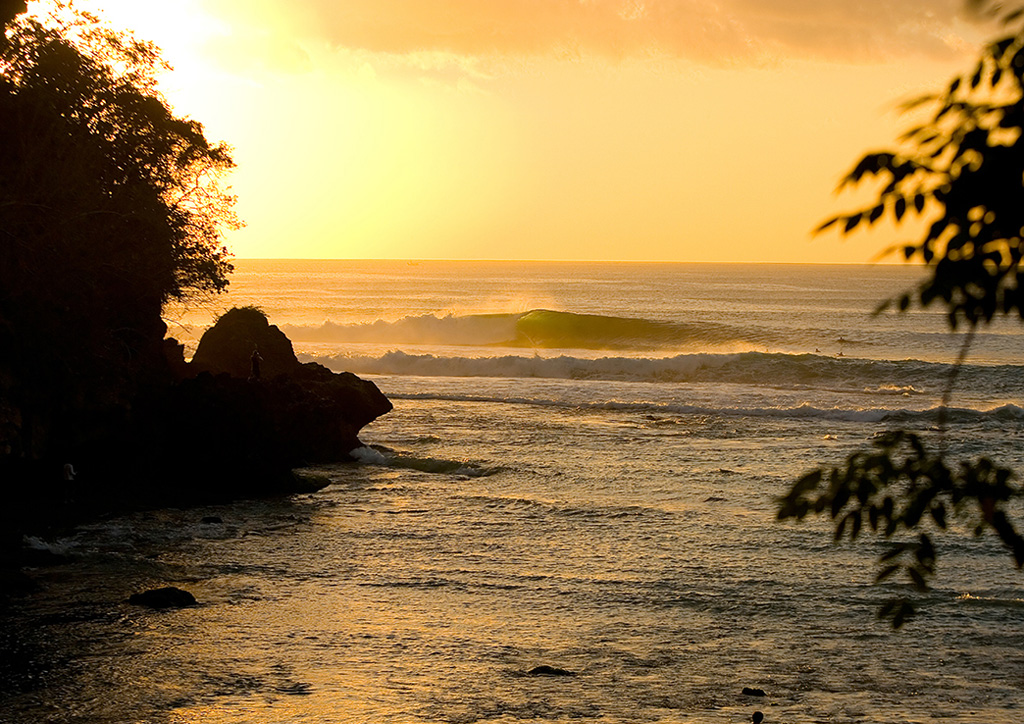
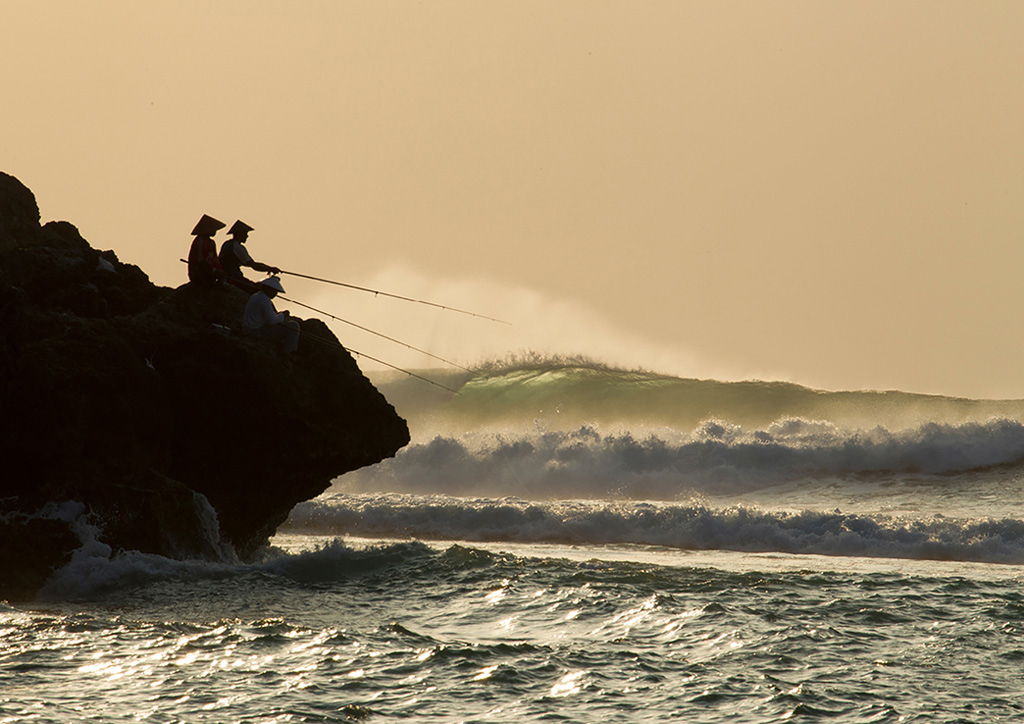
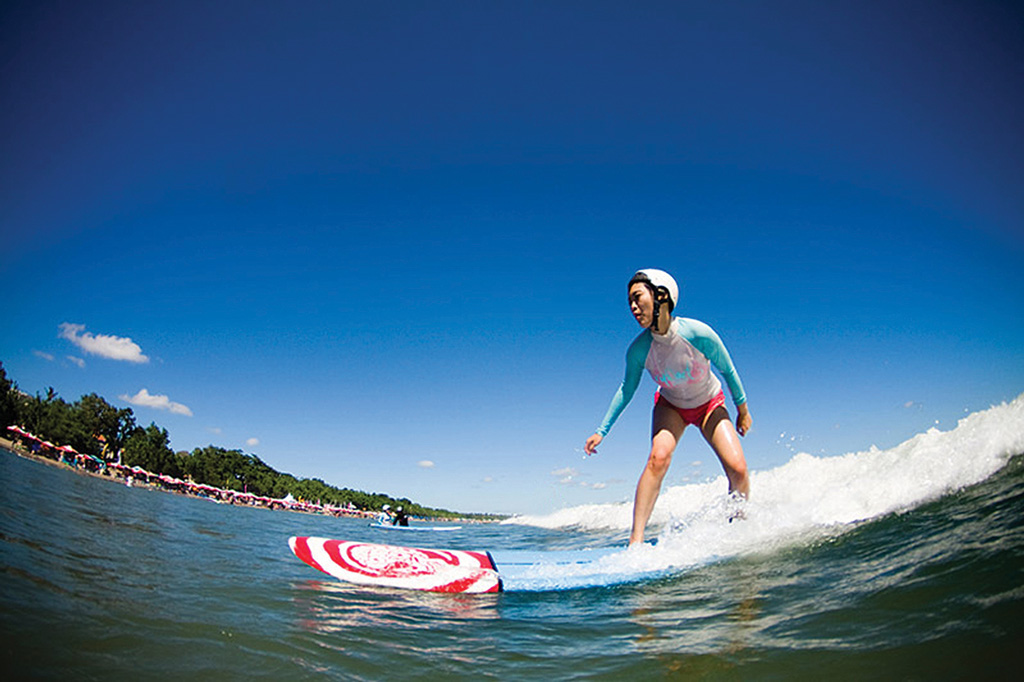
As your confidence increases and your awareness of how waves work develops, you can take the surfing to the next level. The intermediate surfers normally looks for bigger and faster waves that pack a bit more power. These surfers can stick to Padang Padang Right with a long, unbroken wave at high tide. To add a bit of challenge with small crowds to give the chance to experience the techniques, riding the waves at Nyang-Nyang can bring a larger and trickier peak. In Kuta, off the beach at Tuban, there are several intermediate level reef breaks and are considered a deep-water wave as compared to other reef breaks on the Bukit.
The pros and experts seek out places for the sheer thrill and challenge they provide. These highly valued surf spots range from huge waves with a serious swell that produces strong current tides to multiple peaks. Most of these spots are centralised in the south, such as Padang Padang Left, Blue Point, Impossibles, Green Bowl, Bingin and Uluwatu. In the east coast, those pro-level surfers look for thrills at Keramas beach for the height, speed and powerful waves.
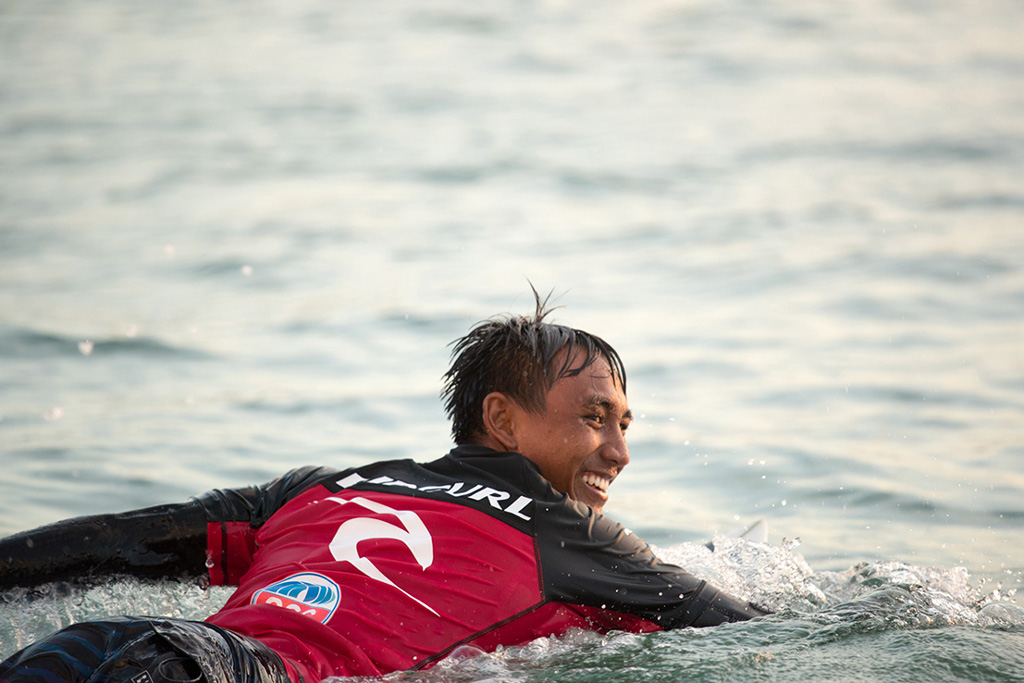
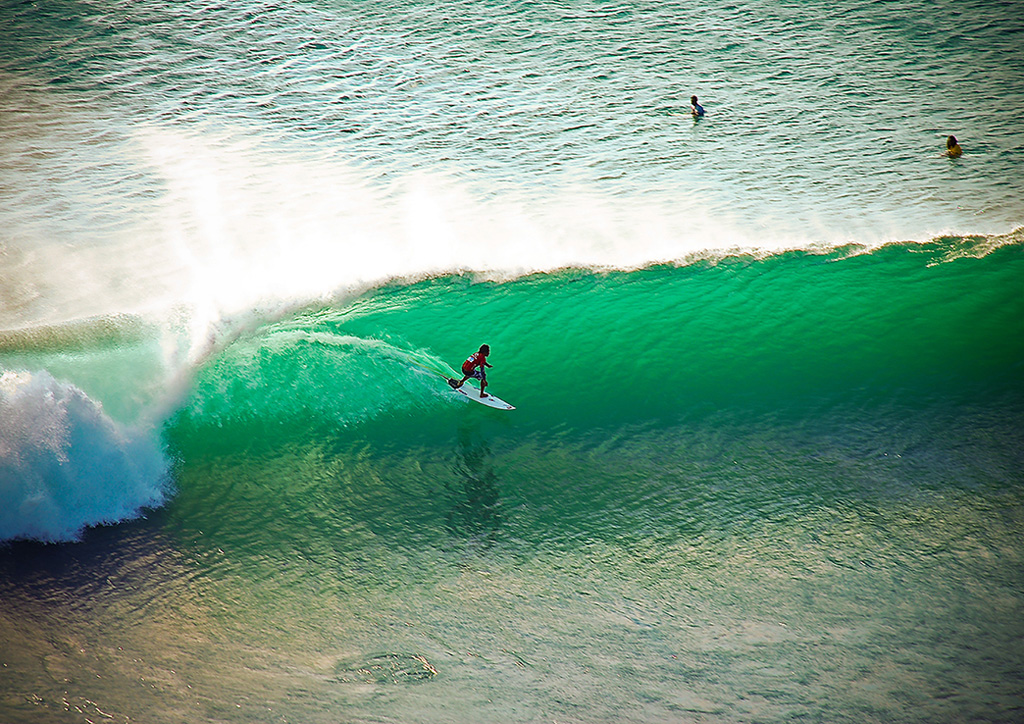
When searching for the best surf breaks, navigating the island can be difficult. It is best to have local knowledge in accessing many of the waves, which some of them are only accessible using motorbikes and a good sense of direction. Your surfing etiquette is also important. Please be respectful to the local surfing community and the environment you are in.
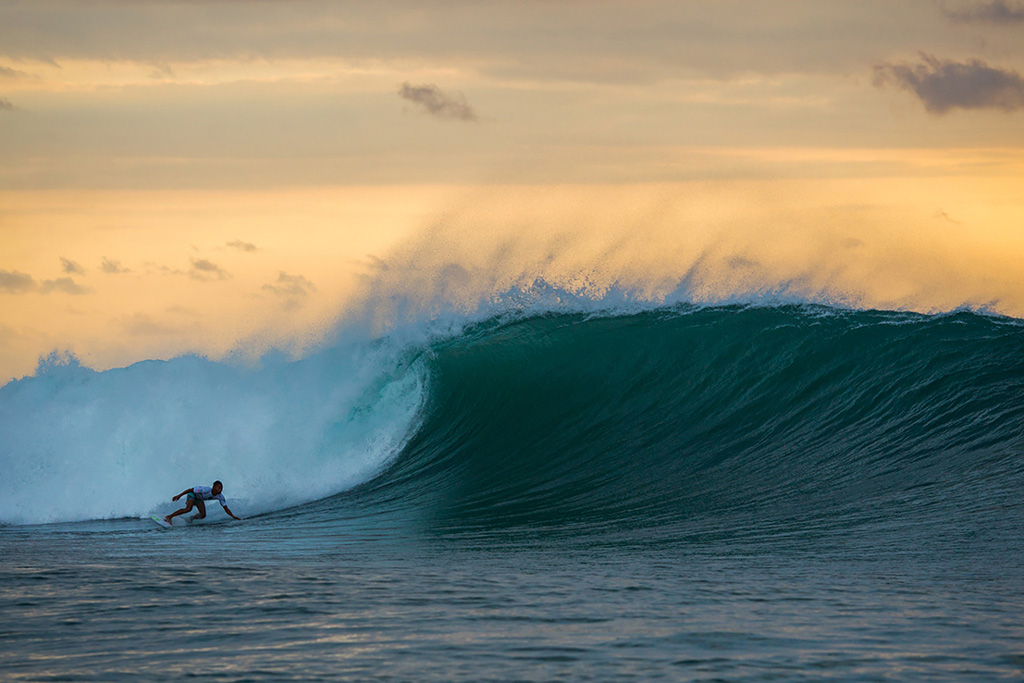
1. There are no lifeguards in most of Bali’s surfing areas, so make sure you surf sober.
2. Keep a lookout for aquatic life. Water plants and animals may be dangerous.
3. Take the time to observe from a good vantage point on the beach and map out a general surf plan.
4. Be careful of the jagged rocks and reef.
5. For beginners, do not surf alone, For experts, do not surf alone at night.







